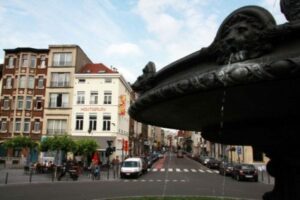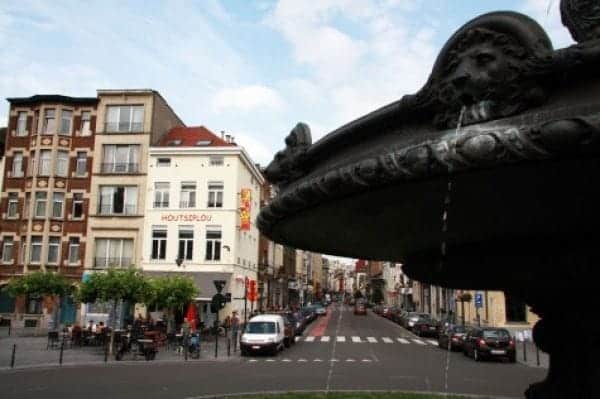Overtourism – ‘the phenomenon of a popular destination or sight becoming overrun with tourists in an unsustainable way’ – is a relatively new phenomenon and word but we are increasingly worried. Our locals have been battling overtourism by sending tourists to non-touristy spots and areas, but we think we can and should do more.
But let’s first have a look at the data, and what overtourism means for locals and travelers.
A doubling of tourist arrivals
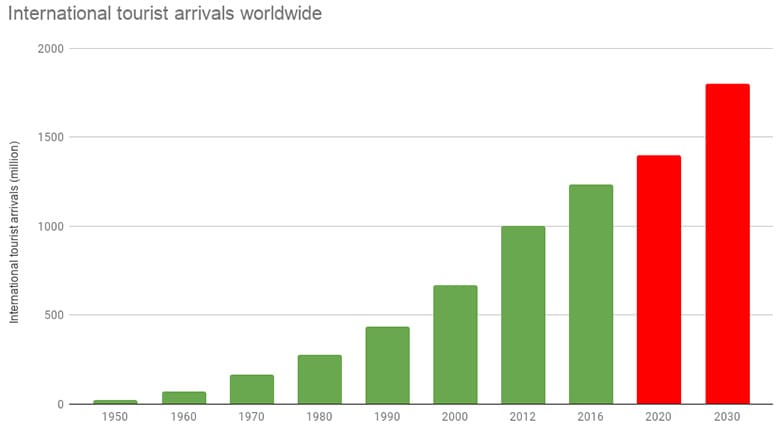
In 2000 about 650 million people traveled internationally. Tourist arrivals have more than doubled since 2008, according to UNTWO. Many new first time international travelers travel to cities (according to Roland Berger the number of overnight stays in cities has increased more than double the rate of growth in people visiting the respective countries in general).
This wouldn’t be a problem if the rising number of tourists increase in tourist flow was being evenly distributed across the world and across many cities. The reality, of course, is completely different.
A well-worn trail
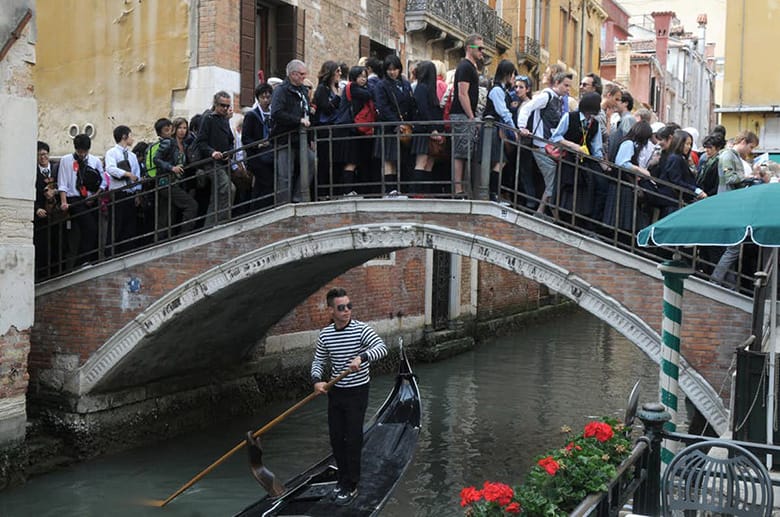
The rise in total tourist numbers is not the problem. People in almost all countries in the world would be very happy to see more tourists. The trouble is that too many tourists are converging in the same cities and go to the same places in these cities.
Take Venice, a city with a population of around 50,000, where 30 million people converge each year pushing the city even closer to sinking point. More people visit the city every day than there are people living there.
Many other cities in Europe also have yearly numbers of visitors that exceed their populations. In 2017, Iceland received 6.5 times more international visitors than there are people in the country. For Andorra, the factor is a whopping 39x.
This is increasingly leading to problems, especially in European cities.
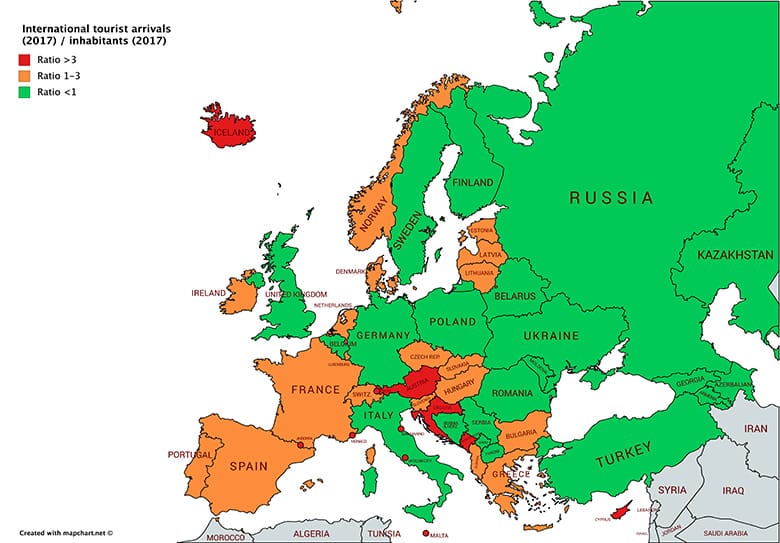
Cities are taking measures
Last year, a visitor to my hometown, Amsterdam, asked my wife what time the ‘park closes’; she was under the impression that the canal district is some kind of theme park. While the comment may seem ignorant, some cities are, in fact, already being ‘shut’ to tourists.
If Venice gets too crowded, the police close pedestrian gates to the city centre, limiting access to locals who possess a special pass. The authorities in Dubrovnik have decided to cap the number of tourists allowed in the historic center, after Unesco warned that it’s world heritage status was at risk. Milan and Vatican city have banned selfie sticks.
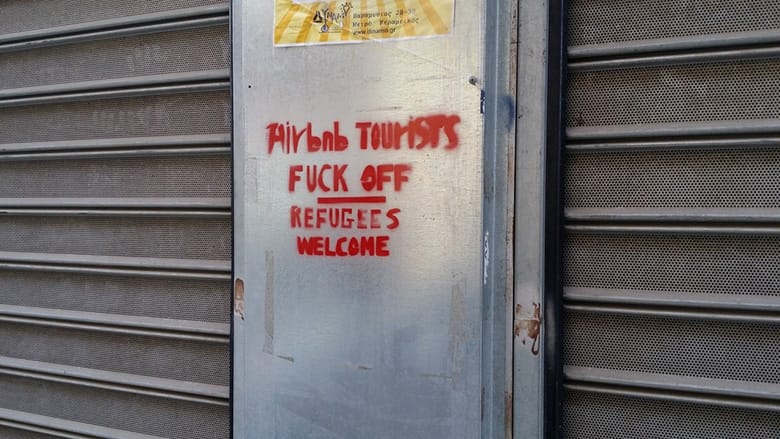
In Amsterdam, Athens, Barcelona and Berlin many apartments have been taken off the local rental market, and are now used for more lucrative short-term rentals to tourists. Despite restrictions placed on short-term rentals in these cities, many locals can no longer afford to rent an apartment in the city, or feel alienated in an apartment building full of Airbnb guests.
The cracks are starting to show: the Spanish steps in Rome had to be fully restored in 2015, after being restored just 20 years ago.
In Barcelona, main street Las Ramblas has become so clogged with tourists that many locals take a long detour to avoid it. Locals took to the streets to protest this year and anti tourist graffiti is very much in fashion.
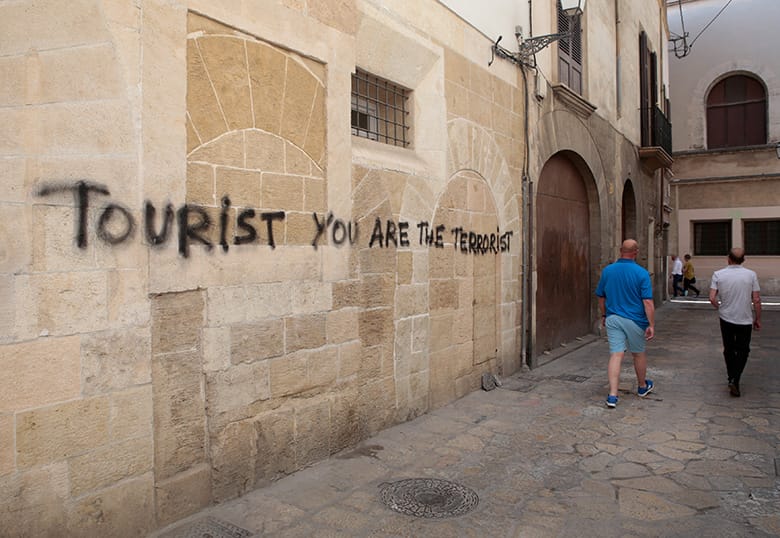
What can we do to help change this?
Tourists will keep coming to historic cities, and they will keep coming in ever greater numbers. Local authorities will need to find ways to cope with this. Some innovative cities are already working on this: Amsterdam is encouraging tourists to visit different neighborhoods, Iceland is promoting travel in less busy seasons and Edinburgh is raising taxes for tourists staying in the historic center.
In cities where lots of tourists go our locals are looking to make a difference by encouraging travelers to visit spots outside of the touristy city center, and discover different authentically local neighborhoods.
Even better we think, we are looking to encourage travelers to visit different destinations altogether. Since 2017 we’ve only launched city guides to cities that can actually use more travelers – not less.
We recently launched a city guide to the capital of Armenia – Yerevan. On a visit to meet our bloggers, we also met the President of Armenia Tourism Mrs Grigoryan. She stressed how happy they are that we are putting Armenia on the map. When we launched a Tirana (Albania) city guide, the mayor tweeted the news and one of our Spotters was invited to talk about the launch on national television.
As mentioned, Iceland receives 6.5 times more international visitors than there are people in the country. At the bottom of the European ranking (full list here) we find countries like Tajikistan (0.02), Moldova (0.04) and Romania (0.14). If countries could kill, these countries would kill for more tourists.

On your next trip why not visit the following amazing European / Middle Eastern capitals: Chisinau, Prishtina, Tbilisi, Cairo or Bern?
Putting tourist dollars into the pockets of local entrepreneurs in countries that really benefit feels like a better than filling those of big travel conglomerates that exist just to reap the benefits of overtourism, don’t you agree?
All the research points to the fact that, increasingly, a truly local experience is what travellers are looking for. And increasingly, in cities worst affected by tourism, they are facing cold indifference and even open hostility. By daring to be unconventional and supporting the ‘underdog’, travelers to destinations off the tourist map are far more likely to experience true hospitality and honest gratitude.
In the coming years, we’re going to concentrate on expanding to very exciting but too little visited cities in former Soviet Union states, the Middle East and Central Asia. Some of the cities we’re working on: Baku (Azerbaijan) & Tashent (Uzbekistan). Know people there or in other cool cities we need to expand to? Please send them to www.spottedbylocals.com/become-a-spotter/
This article was first published on the EyeforTravel blog in slightly modified form.
